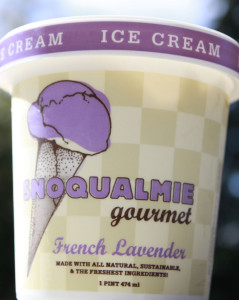The Ministry of Education will warn all early childhood centers in New Zealand about the risks of alcohol-based hand sanitizer in the wake of an Invercargill 4-year-old girl becoming grossly intoxicated at her preschool.
 The ministry has completed a two-week investigation into an incident at the Woodhouse Early Learning Centre that resulted in the girl being admitted to hospital with a blood alcohol level of 188mg, nearly four times the new legal driving limit.
The ministry has completed a two-week investigation into an incident at the Woodhouse Early Learning Centre that resulted in the girl being admitted to hospital with a blood alcohol level of 188mg, nearly four times the new legal driving limit.
The preschool owner, Jackie Woodward, believed the girl got intoxicated from drinking hand sanitizer at the premises without the knowledge of staff.
Her assertion has been backed up by the ministry, which has found it was “most likely” the child drank hand sanitiser.
“We’ve completed the investigation into the incident at Woodhouse Early Learning Centre, where a child was admitted to hospital due to a suspected alcohol intake,” ministry spokeswoman Katrina Casey said.
“Our investigation has shown that it was most likely the child ingested hand sanitizers at the center. We found no alcohol on the premises and the center manager has formally stated that there was no other form of alcohol on the premises.”









